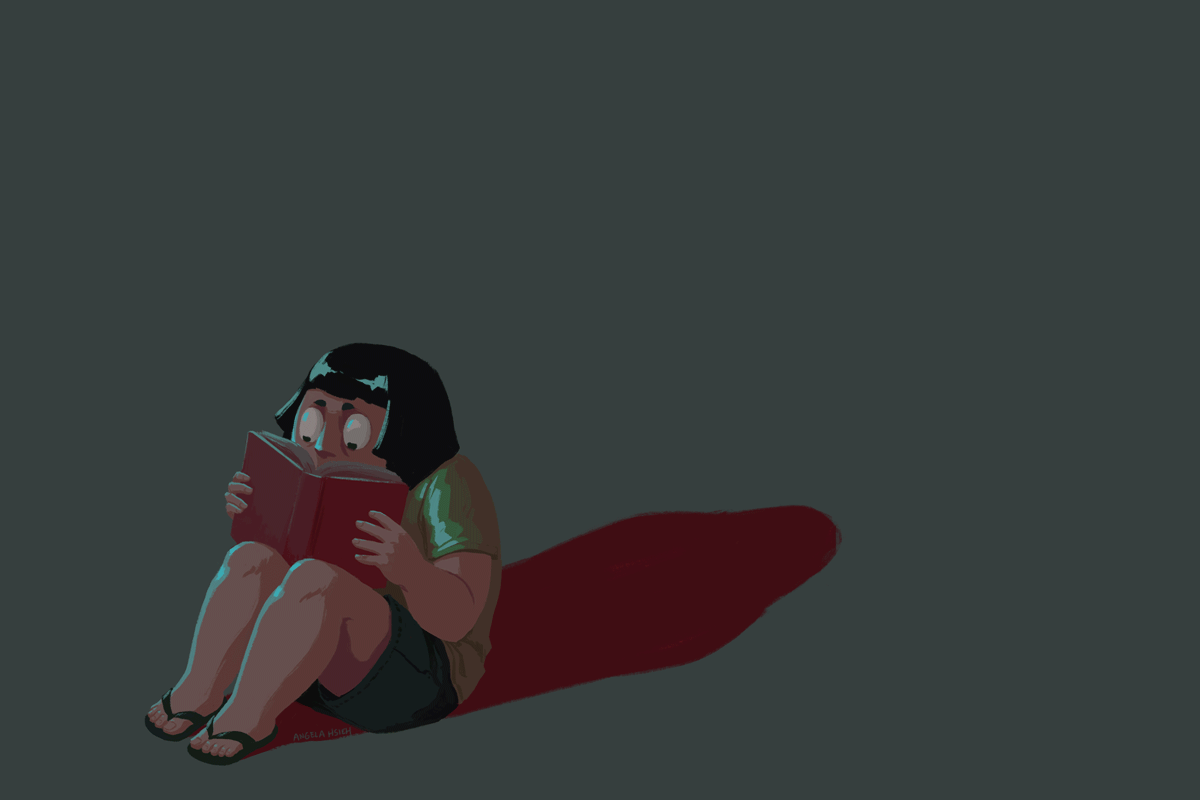
There is nothing I love more than scary stories. The adrenaline! The rush of fear! What I enjoy the most are the short horror stories written by my students, so I think it might be fun to share these stories with everyone.
I'm sure, whenever you tell these stories it'll never fail to impress so here they are, and what's your favourite short scary story? Pause the video and enjoy them!
3 ESO:
